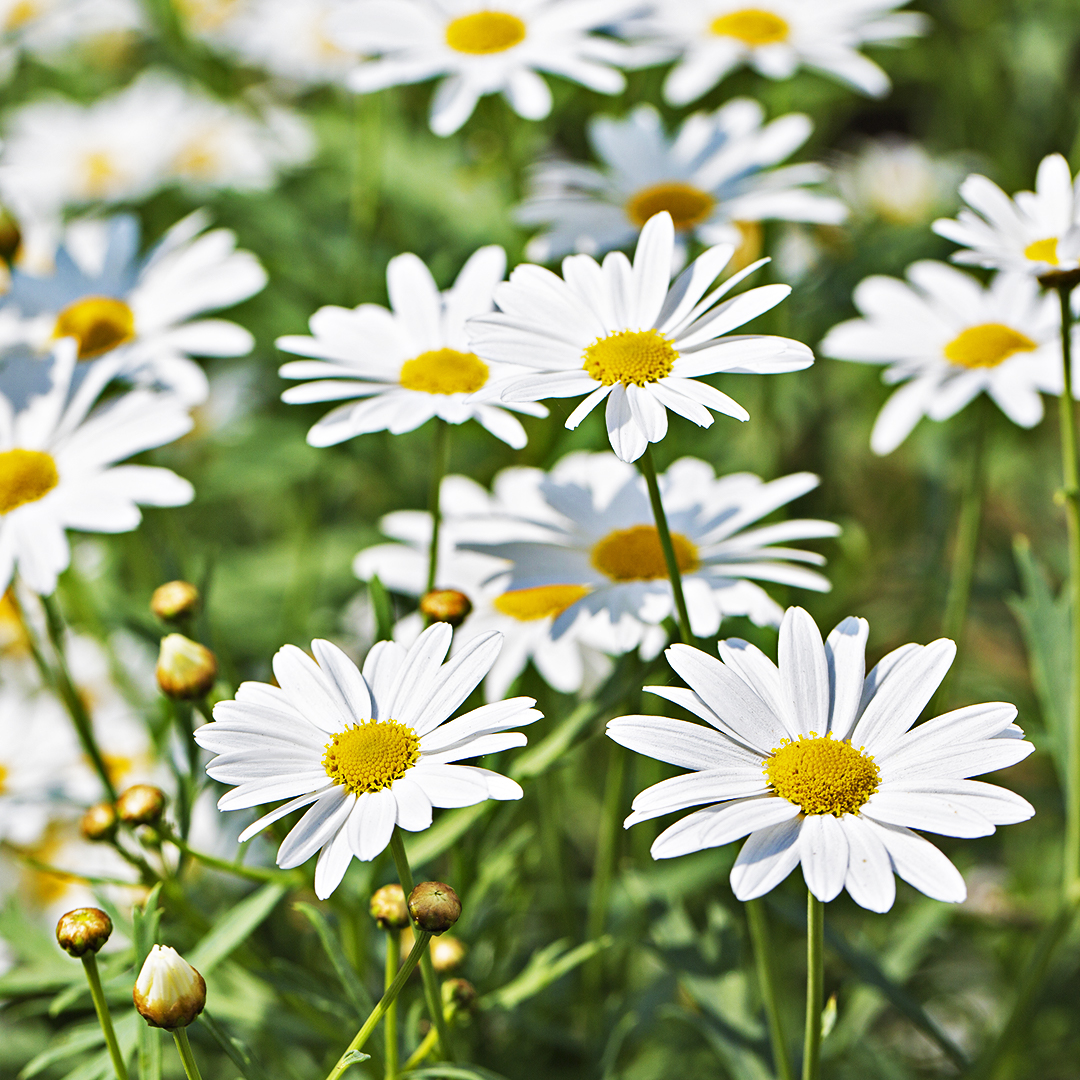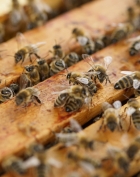Oxyeye Daisy
Leucanthemum vulgare
Best Time to See: June, July, August
Habitat: Grassland
Colour: Yellow, White
In bloom around the solstice, this large daisy is a sure sign that summer has arrived.
It is similar to the daisy but with larger flowerheads, which can be 6 cm across. The base leaves are spoon-shaped and about 10 cm long. The stem leaves are toothed and more oblong.
Habitat and distribution
Grassy places. It grows in a variety of habitats including meadows and fields, under open-canopy forests and scrub and in disturbed areas.
Did you know?
- Before the 16th century it was more commonly known as the 'Moon Daisy' or 'Dog Daisy'. Also called Horse daisy, Moonpenny and Marguerite. References to the moon derive from the fact that this bright flower can seem to glow in the fields on midsummer evenings.
- In Austria and Germany it was hung inside the house as it was believed it would repel lightening.
- The unopened flower buds can be marinated and used like capers.
- If cattle eat it, it can affect the taste of their milk.
- The oxeye daisy is widely cultivated and available as an ornamental plant for meadow landscapes and gardens.
Conservation status
Possibly declining in Scotland.

